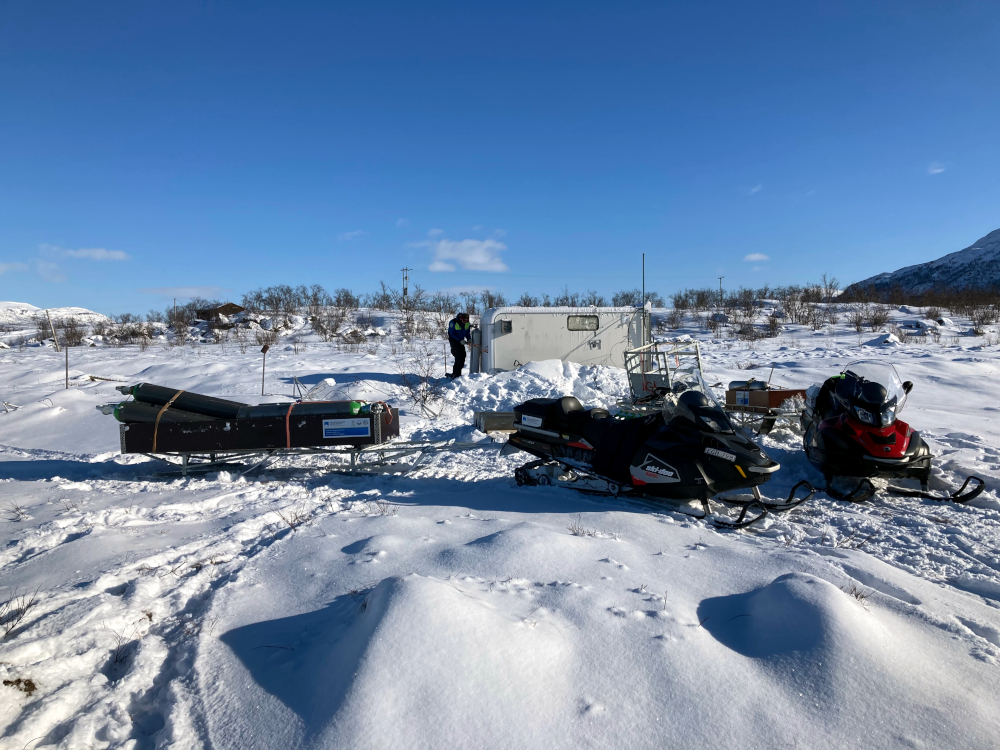
The aim of the EMERGE (EMergent Ecosystem Responses to ChanGE) project is to improve the understanding of how thawing permafrost systems respond to climate change and subsequently cause change, with a focus on carbon cycling and microbial populations and communities. The EMERGE project is multi-disciplinary, spanning across biochemistry, genetics, molecular biology, physiology, ecology, evolution, and ecosystem science.
The resultant framework will also provide a foundation for assessing microbial change in other ecosystems.
EMERGE is lead by Virginia Rich (Univ. of Ohio), Ruth Varner (Univ. of New Hampshire, presently at Stockholm University), and Scott Saleska (Univ. of Arizona), and is a continuation of and development from the IsoGenie project.
Stordalen
The Stordalen mire is located approximately 10 km east of the research station in Abisko, close to Lake Torneträsk. The site has a long history of climate and vegetation research, going back to the 1970s.
Abisko-Stordalen is the location of an ICOS Ecosystem station.
Stordalen and the IsoGenie project was recently featured in a Nature news article: How microbes in permafrost could trigger a massive carbon bomb.